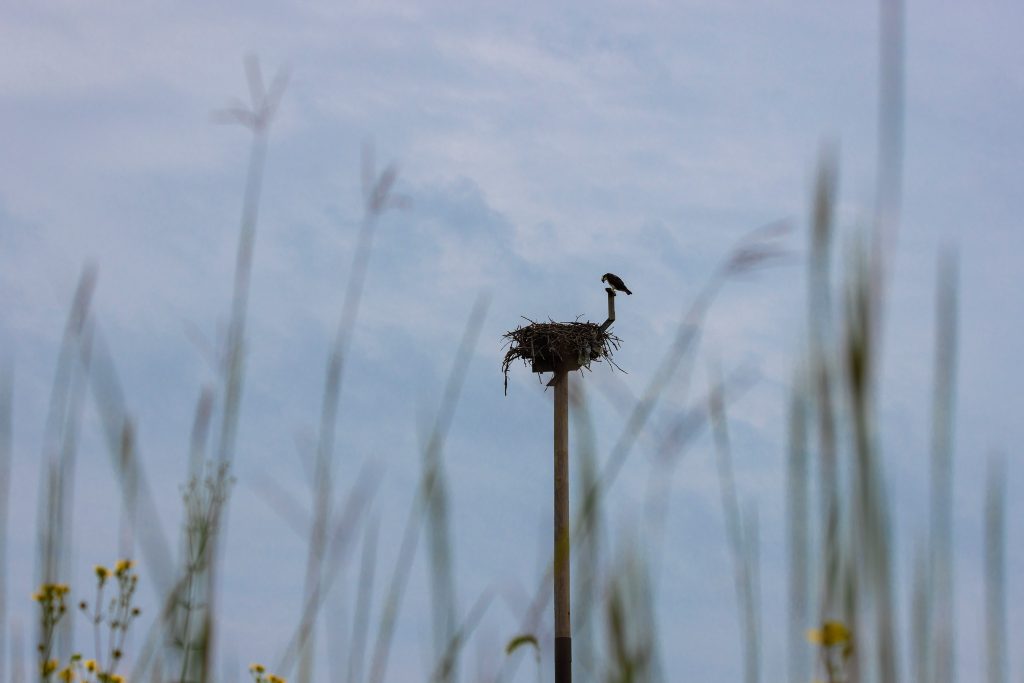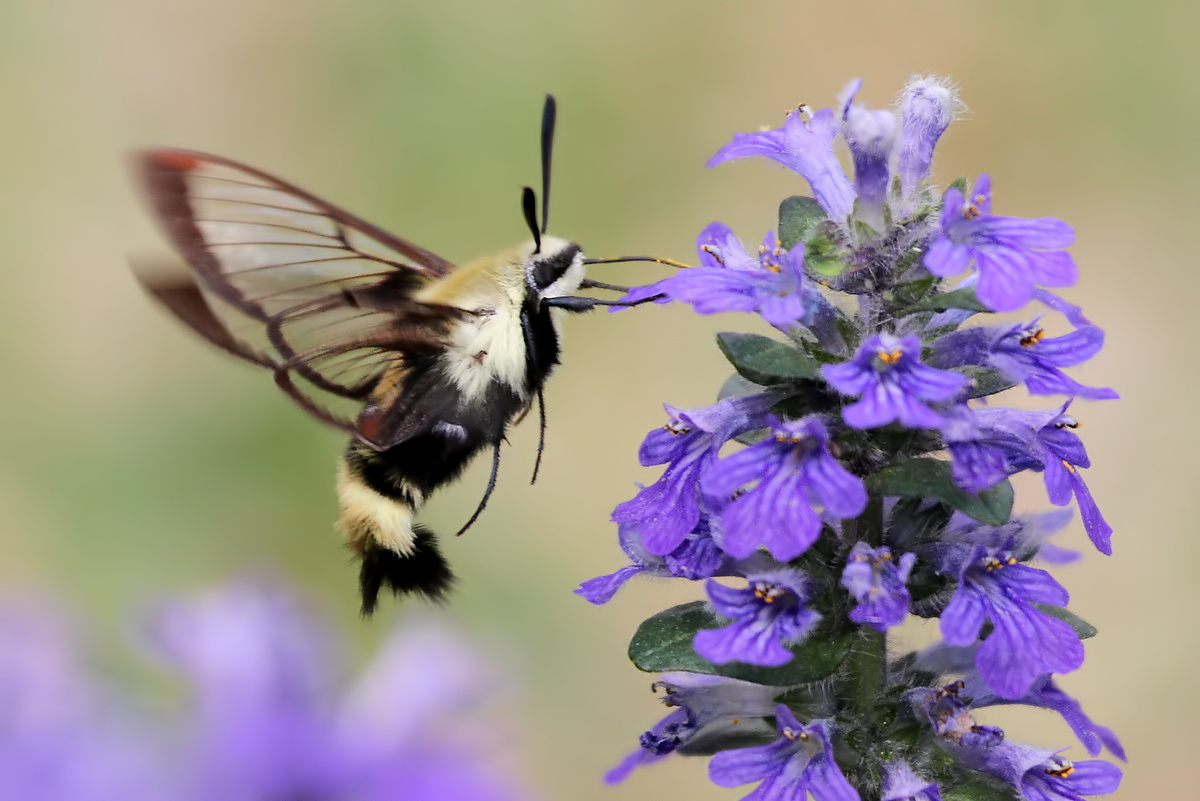This May, a visitor at Yellowstone National Park walked too close to a bison and was subsequently gored. In July, it happened again. That same week in July, it happened a third time.
Thankfully all of these instances were non-fatal. But at some point, you hope people who visit wildlands get the message: observe from afar.
As long as humans and wildlife share space, there are bound to be interactions. Not all are conflicts. And not all are caused by people intentionally, if innocently, placing themselves in an animal’s personal space. But we all can make choices to be better guests to ensure neither people nor wildlife are too close for comfort.
A convenient way to gauge safe distance is the “rule of thumb.” Straighten your arm in front of you, give a thumbs up, close one eye, and position your thumb until it blocks your view of the wildlife. If your thumb does not totally cover the wildlife you are looking at, you are too close. Back up until the animal disappears behind your outstretched thumb.
If while you are positioning yourself the animal notices you, it’s time to go. By interrupting whatever natural behavior it was doing, it is more likely to act unpredictably. This is especially important when looking at family groups. Wildlife parents will act aggressively and preemptively to protect their young.
With modestly-sized and small wildlife, like deer and raccoons, casually walking away to put appropriate distance is fine. Of course, if it is a skunk, moving faster than a walk is advisable– their spray has a 15-foot range!
But with larger wildlife like moose, elk, bison, bears, and big cats there is no one-size-fits-all response. With deer and bison, walking away slowly keeps them from being startled. When facing large carnivores, making yourself seem like an equally large predator is far safer than running or walking away. Deep loud sounds, waving big sticks, and throwing rocks make you bothersome to engage.
Whenever visiting a habitat, it is good practice to look up which wildlife you may encounter and what to do. Remember, while many animals can run faster, have greater endurance, carry more mass, and include sharp hooves, teeth, and claws, you still have an advantage– thinking strategically about how to not put yourself in those situations.
You don’t need to travel to the vast wilderness areas of the mountains to have situational awareness and respect for wildlife interaction. Birds of prey like ospreys and eagles make huge nests on the top of poles or high in the trees. Maybe you have seen some around Prairie Creek Reservoir, Summit Lake, or along the Mississinewa River.
If a bird of prey is sitting on their nest looking at you and screeching in your direction, you’re too close. It clearly sees you and is stressed out. Birds of all sizes are not above swooping down to your level and giving you a piece of their mind.
Another advantage humans have is the ability to use tools. Binoculars and zoom features on your camera can give you a good view while not putting you and wildlife at risk. Granted, looking through a lens may not have the same effect as seeing an animal up-close. But it is doubtful you would be pleased with your immersive experience after being covered in skunk spray or hoof marks.
Red-tail Land Conservancy has ten public nature preserves across east central Indiana that are sanctuaries for wildlife. We invite you to experience wildlife’s habitat and delight in their presence…from a distance.
Photo of Osprey at Red-tail Nature Preserve by Chris Flook
Kelley V. Phillips is the Communications & Outreach Manager for Red-tail Land Conservancy. She strives to cultivate wonder in nature and action to protect it.




